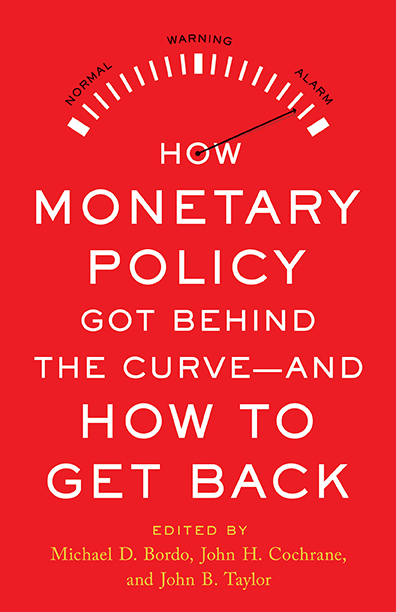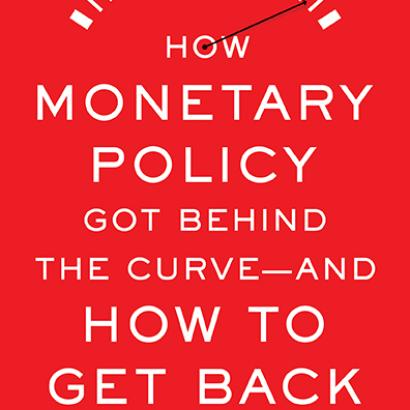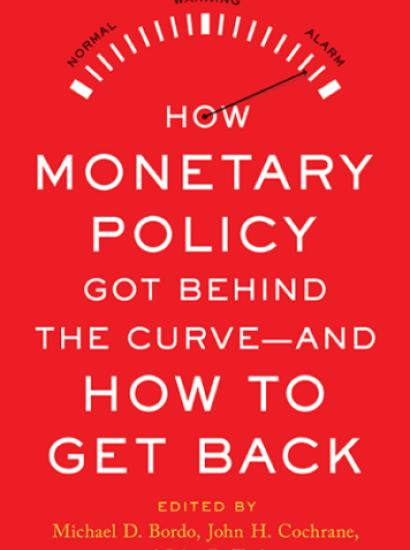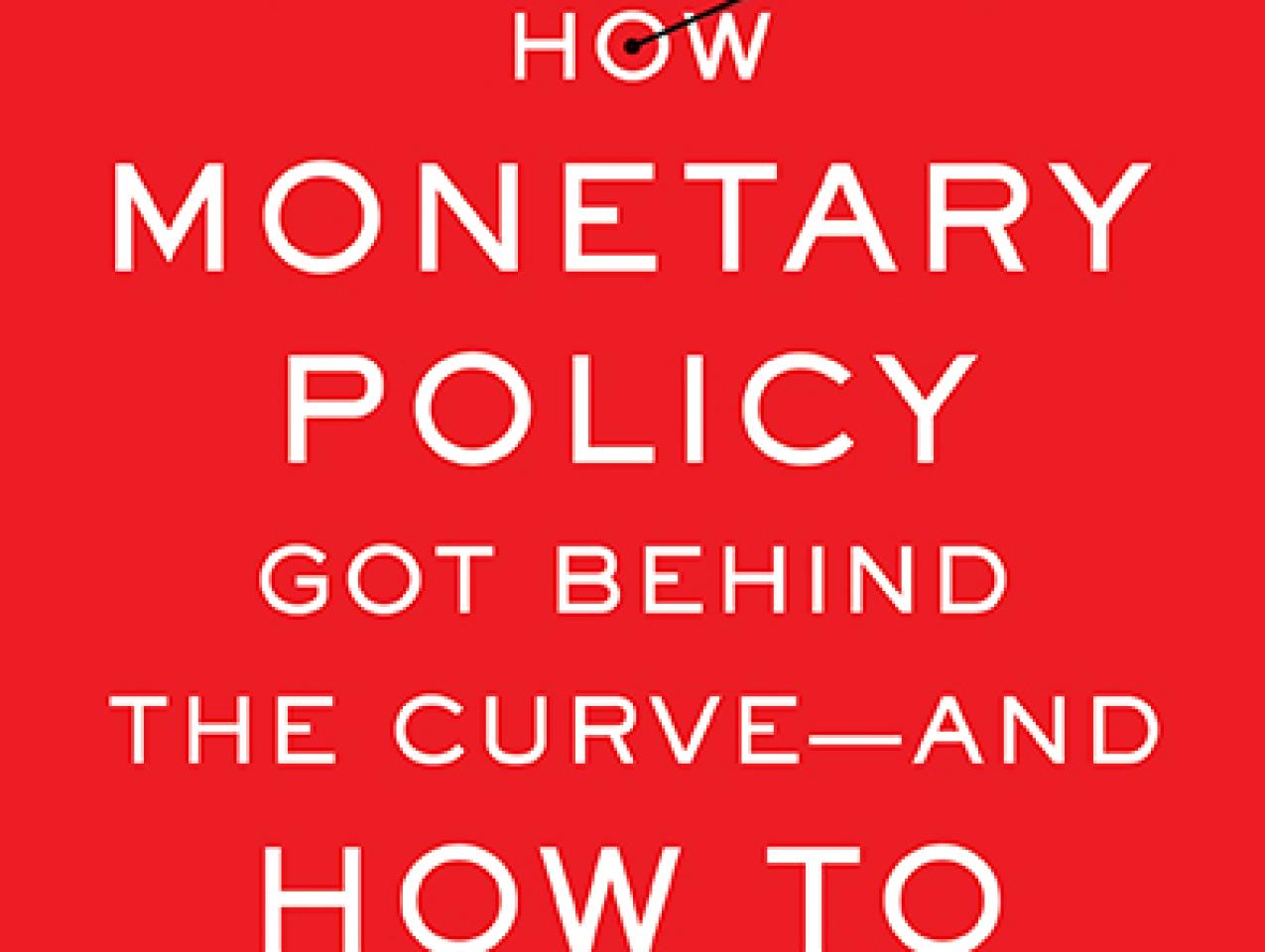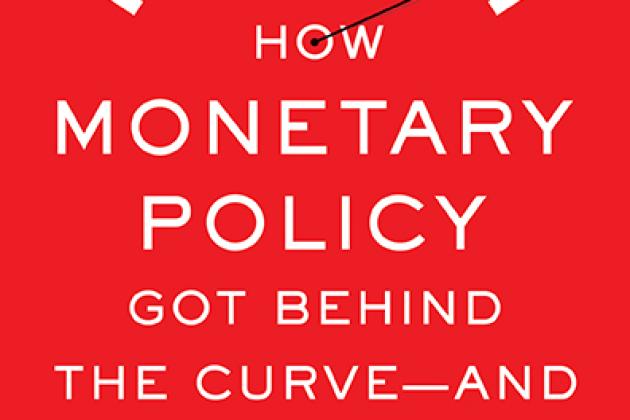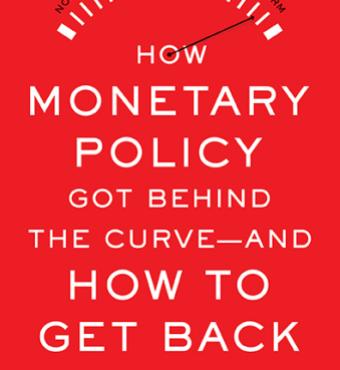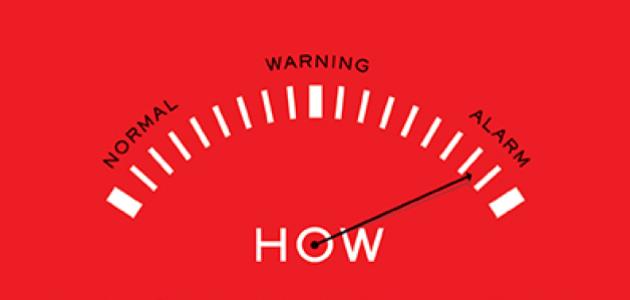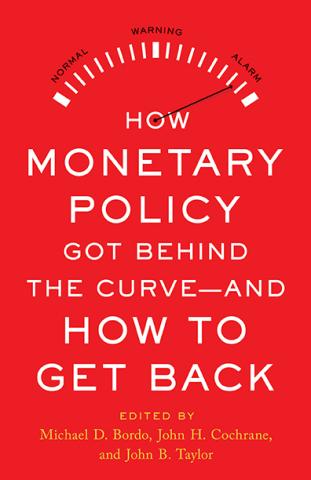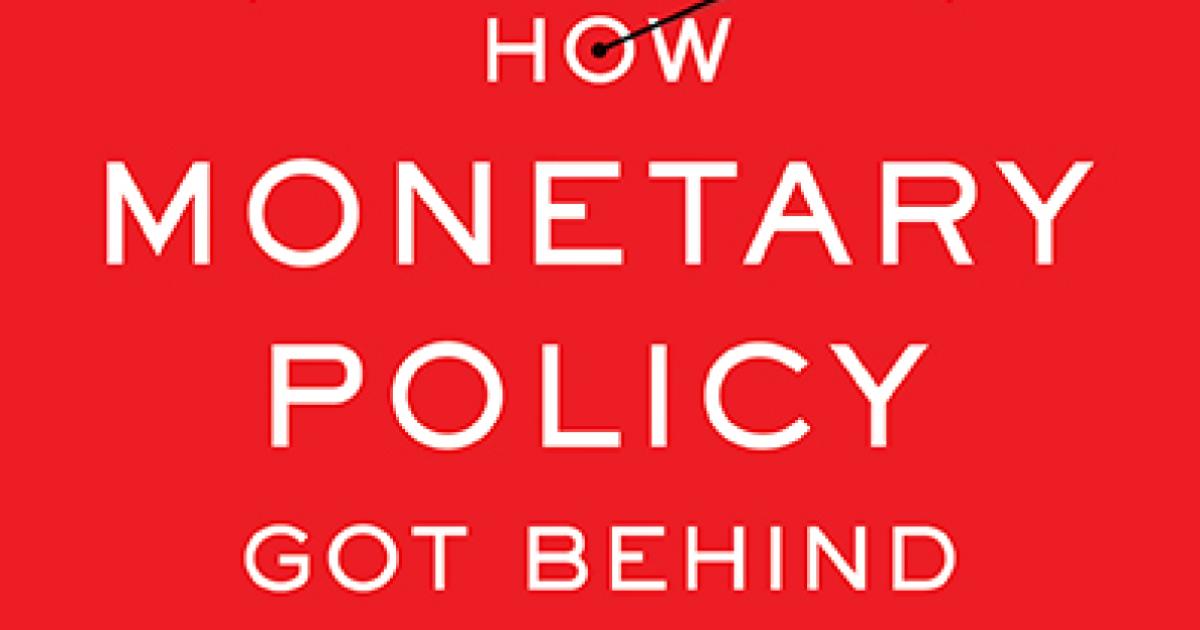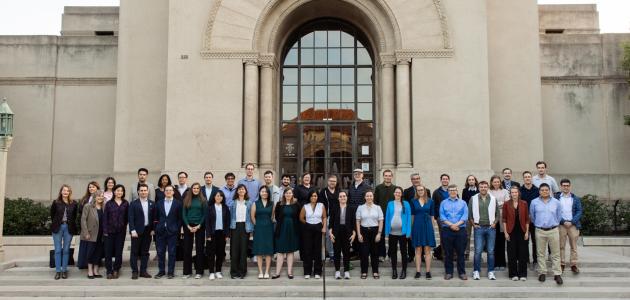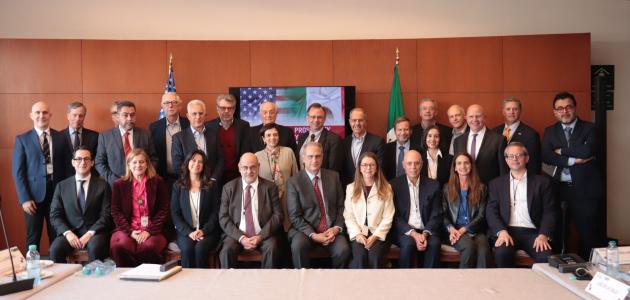The Hoover Institution has published How Monetary Policy Got Behind the Curve—and How to Get Back, a new volume edited by prominent economists and Hoover fellows John B. Taylor, John H. Cochrane, and Michael D. Bordo.
The Hoover Institution’s annual conference on monetary policy presents an opportunity for policy makers, market participants, academic researchers, and members of the financial press to gather and discuss global economic affairs. In May 2022, with inflation on the rise in the United States and many other countries for over a year—and nearing double digits—Hoover hosted its fourteenth Monetary Policy Conference on the Stanford University campus. How Monetary Policy Got Behind the Curve—and How to Get Back is the publication of those proceedings.
The papers and discussions featured in this volume offer a range of interpretations on the Federal Reserve’s response to recent fiscal and monetary shocks brought about by the pandemic, whether it has been slow to respond with policy instruments and why, and how to reach the optimal levels of employment and inflation. The debates have already influenced policy discussions at the Fed, which raised interest rates soon after the conference, and their publication here provides an essential documentation of the lessons, questions, and conversations.
Hoover director Condoleezza Rice introduced the proceedings by discussing the major fiscal and monetary shocks of the twenty-first century: the September 11 terrorist attacks, the global financial crisis of 2007–8, and the COVID pandemic. A fourth has recently emerged with the Russian war on Ukraine. Conference participants talked about these latest shocks and their impacts on current inflation.
“It was clearly time to discuss the situation with policy makers, market participants, the financial press, and academic researchers in person and in the same room, and with others online and around the world,” write Bordo, Cochrane, and Taylor in the volume’s preface, adding, “The analyses presented at the conference—all recorded and summarized in this volume—are timely and original.”
Another focus of the papers is on monetary policy rules and strategies, suggesting ways for the Federal Reserve to improve economic performance and achieve low inflation by getting back to more rules-based policy decisions.
Other perspectives on the current situation emphasize the impact of money growth, fluctuations in the labor market, patterns in securities markets, and the role of central banks. Papers also examine the history of federal borrowing and spending during times of war—including the COVID pandemic—as well as a history of the Fed’s timing in its use of policy instruments over the past century.
In the final presentation, Stanford economist Monika Piazzesi asks, “Are we in a time machine on our way back to the 1970s?” and whether the Fed will lose its reputation as an inflation fighter.
Click here to purchase How Monetary Policy Got Behind the Curve—and How to Get Back.
About the Editors
Michael D. Bordo is the Ilene and Morton Harris Distinguished Visiting Fellow at the Hoover Institution; and a Board of Governors Professor of Economics and director of the Center for Monetary and Financial History at Rutgers University.
John H. Cochrane is the Rose-Marie and Jack Anderson Senior Fellow at the Hoover Institution, a research associate of the National Bureau of Economic Research, and an adjunct scholar of the Cato Institute.
John B. Taylor is the George P. Shultz Senior Fellow in Economics at the Hoover Institution; and the Mary and Robert Raymond Professor of Economics and director of the Introductory Economics Center at Stanford University.
Contributors and Discussants
Michael D. Bordo, James Bullard, Jennifer Burns, Richard H. Clarida, John H. Cochrane, Tyler Goodspeed, George J. Hall, Beth Hammack, Arvind Krishnamurthy, Mickey D. Levy, John Lipsky, Ellen R. McGrattan, Monika Piazzesi, Charles I. Plosser, Randal Quarles, Joshua Rauh, Ricardo Reis, Condoleezza Rice, Thomas J. Sargent, Tom Stephenson, Lawrence H. Summers, John B. Taylor, Christopher J. Waller, Kevin Warsh, Volker Wieland
For coverage opportunities, contact Jeffrey Marschner, 202-760-3187, jmarsch@stanford.edu.







